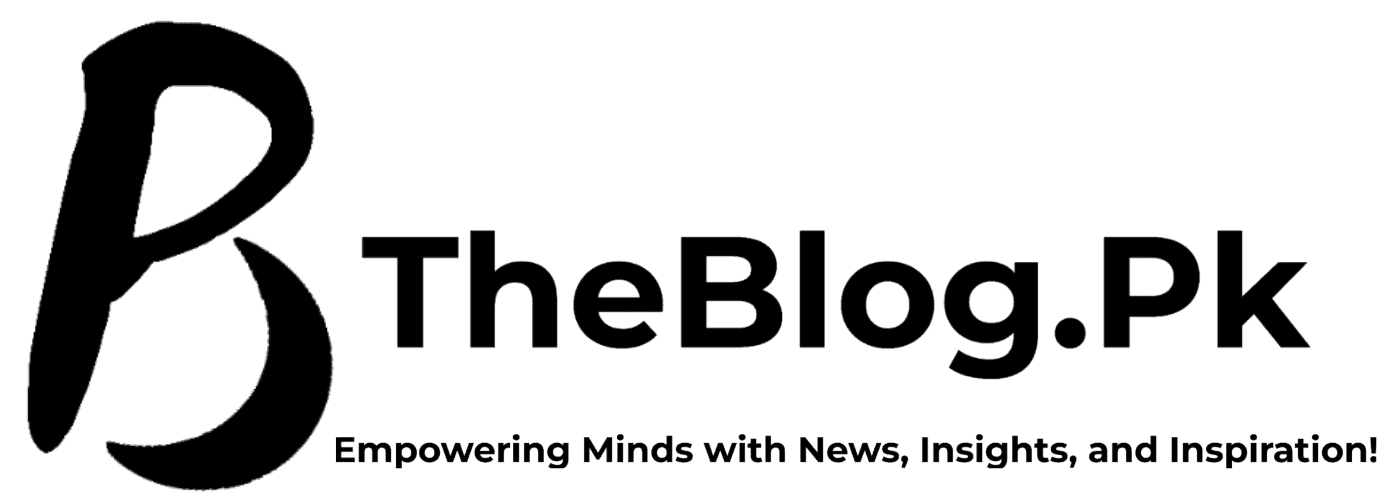Autism and Disability: Understanding the Nuances
Autism Spectrum Disorder is one of the forms of disability that has, at many times, received misunderstanding and lack of proper representation, more especially in its role as a form of disability. Many nuances in the disability differ from other disabilities, though autism is a disability. This blog discusses these nuances to understand autism much better and sensitize the criticality of inclusive practices. Click here to know about 5 ways to manage anxiety.
What is Autism Spectrum Disorder
Autism Spectrum Disorder is a severe neurodevelopmental disorder that impairs essential social interaction and communication topics and entails the existence of repetitive behaviors. This is a spectrum disorder, and the patients are varying: Some children need very much help through life while others can live on their own, maybe even have an exceptional ability in some particular area.
Autism as Disability
Autism is known to be a legal disability under several international laws and conventions, such as the Americans with Disabilities Act (ADA) and the United Nations Convention on the Rights of Persons with Disabilities (CRPD). The laws operate to give protection to these populations and also ensure that they gain equality in education, in the workforce, and within society.
When discussing understanding we are referring to a holistic conception and comprehension of autism that goes beyond factual or “book” knowledge. For example, knowing that autism is diagnosed more in males would not be useful when wanting to support an autistic person struggling with sensory overload. However, studies have focused on measures that probe knowledge, for example, discrete facts about etiology, treatment, or selected symptoms.

The Functional Impact of Autism
The functional impact of autism often varies significantly among individuals. Key challenges include:
- Communication Difficulties: People with autism frequently have difficulty using verbal and non-verbal means of communicating. They may find it hard to interpret social clues, keep direct eye contact, or follow typical conversational exchanges.
- Social Interaction Issues: Social interaction is overwhelming for a person with autism. They might have trouble developing or keeping relationships, difficulty in understanding social norms, or even the emotions of others.
- Repetitive Behaviors and Routines: Many people with autism engage in repetitive behaviors or stick to routines. Changes in routine can really disconcert and anxiously affect them.
- Sensory Sensitivities: People with autism often have hypersensitivity or hyposensitivity to sensory variables such as sounds, lights, textures, or smells. This can lead to discomfort or sensory overload in certain environments.
Understanding the Nuance
Autism is categorized as a disability. The autism spectrum encompasses a diverse range of abilities and experiences. The term “disability” does not fit into the experiences and potential of individuals with autism. Here is a nuanced look at some of the defining nuances:
Strengths and Abilities
Many people with autism experience some special skills and talents. These can include good rote memory, the ability to pay attention to detail, analytical thinking, or creativity. For example, some subjects—such as mathematics, music, art, or computer programming—are easy for children with autism.
The Neurodiversity Perspective
The neurodiversity movement is one in which the focus is on recognizing and valuing neurological differences, such as autism, as natural human variations. It emphasizes that individuals with autism spectrum disorder should not be pathologized or pressured to conform to neurotypical norms; instead, their individuality must be respected.
Individualized Support and Accommodations
Adequate support for individuals with autism should be individualized. Specifically designed educational programs, tailored work areas, and sensory-friendly locations can adapt education, work, and social settings to ensure they fit in properly and comfortably.
Encouraging Inclusivity and Acceptance
We cannot fully achieve an inclusive society with mere legal protections; we must change the culture toward acceptance and understanding. Here is how one should promote inclusivity for people with autism:
- Education and Awareness: Raising public awareness works toward demystifying autism. Education campaigns and community programs work for a more inclusive and compassionate society.
- Empowerment and Advocacy: Empowering people with autism to advocate for their rights and needs is vital. Self-advocacy and involvement in processes of decision-making can result in the realization of more workable and meaningful support systems.
Conclusion
Autism Spectrum Disorder is a complex condition that disrupts our classic understanding of disability. Recognizing this allows us to pay attention to the unique experiences and capabilities of someone with autism. Only then can we achieve inclusion and acceptance. A neurodiversity paradigm follows through with person-centered support service delivery to create societies valuing and empowering all without consideration for differences in neurological functioning.




